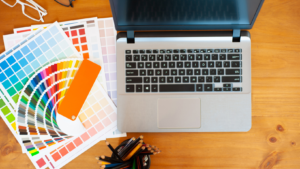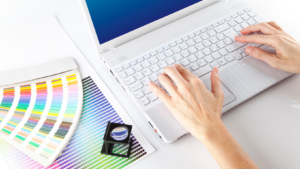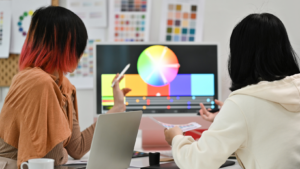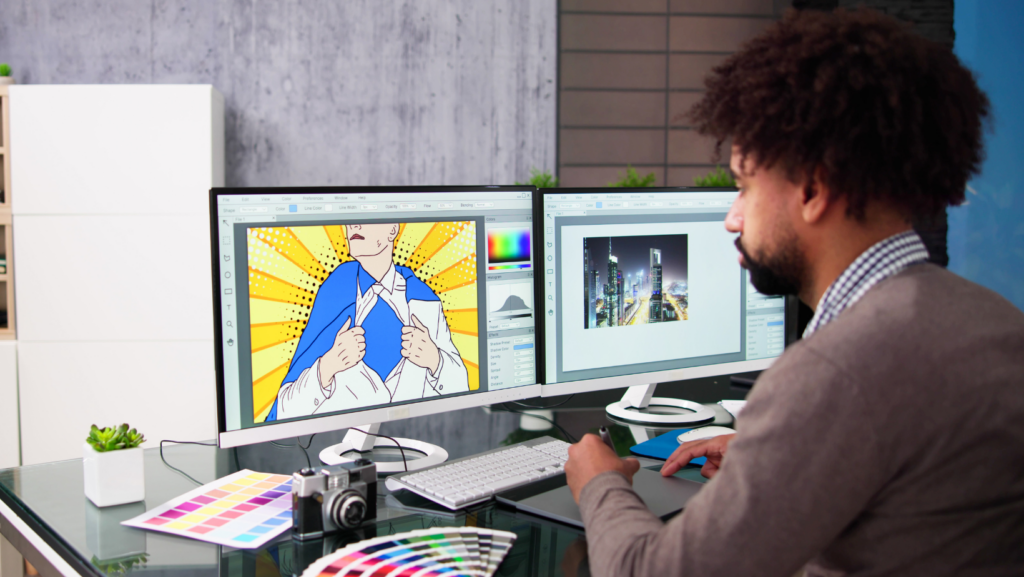In a world where visual appeal reigns supreme, the allure of light blue in aesthetic design can’t be overstated. This calming hue has found its way into various aspects of our lives, from fashion and interior design to digital art and branding. Light blue evokes a sense of tranquility and openness, making it a favored choice for those seeking a serene atmosphere.
The aesthetic charm of light blue lies in its versatility. It effortlessly complements a range of styles, from minimalist and modern to vintage and eclectic. Its gentle presence can transform a space or design into a soothing oasis, inviting relaxation and contemplation. As more people embrace this color’s potential, light blue continues to shape trends and inspire creativity across different mediums.
Understanding how to harness the power of light blue can elevate any project, providing a fresh perspective and a touch of elegance. Whether it’s a subtle accent or a bold statement, light blue’s timeless appeal remains unmatched.
Aesthetic:lgp2fs187s0= Light Blue
 Aesthetics, a branch of philosophy, examines the nature and expression of beauty and taste. It explores how people perceive art and design, influencing emotional responses and judgments. This field considers various components, including form, balance, and harmony, which collectively create an appealing visual experience.
Aesthetics, a branch of philosophy, examines the nature and expression of beauty and taste. It explores how people perceive art and design, influencing emotional responses and judgments. This field considers various components, including form, balance, and harmony, which collectively create an appealing visual experience.
Color theory, a crucial element of aesthetics, studies the use and impact of color in design. It revolves around the color wheel, which organizes colors based on their relationships, aiding in the creation of harmonious color schemes. Primary colors, red, blue, and yellow, form the basis, with secondary and tertiary colors derived from them.
Light blue, a hue within the color spectrum, holds significance in color theory. It sits between blue and cyan and is associated with calmness and tranquility. Designers often use light blue to evoke feelings of peace and freshness, making it a popular choice in branding and interior design. By understanding aesthetics and color theory, creators can effectively integrate light blue into projects, enhancing visual appeal and emotional response.
The Appeal of Light Blue
 Light blue captivates with its serene elegance and subtle charm. Designers and artists favor this hue for its calming effect and versatility. Light blue evokes tranquility and promotes relaxation. Studies show it can lower stress and create a peaceful environment, enhancing spaces with a sense of calm. It’s common in healthcare settings, where its soothing properties help patients feel at ease. Around the globe, light blue often symbolizes trust, wisdom, and reliability. In Western cultures, it’s linked to tranquility and spirituality, while in Eastern traditions, it’s sometimes associated with immortality and healing. This universal appeal makes it a cross-cultural favorite in design and branding.
Light blue captivates with its serene elegance and subtle charm. Designers and artists favor this hue for its calming effect and versatility. Light blue evokes tranquility and promotes relaxation. Studies show it can lower stress and create a peaceful environment, enhancing spaces with a sense of calm. It’s common in healthcare settings, where its soothing properties help patients feel at ease. Around the globe, light blue often symbolizes trust, wisdom, and reliability. In Western cultures, it’s linked to tranquility and spirituality, while in Eastern traditions, it’s sometimes associated with immortality and healing. This universal appeal makes it a cross-cultural favorite in design and branding.
Application in Design
Light blue’s versatility makes it a staple in various design applications. Its calming qualities and adaptability ensure it’s widely employed in interior design, fashion, and digital media.
Interior Design
Light blue enhances interior spaces by invoking a sense of calmness. Designers often use it on walls, accessories, and furniture to create a spacious and airy feel. The color complements natural light, making rooms appear larger and more welcoming. In bathrooms and bedrooms, light blue provides a soothing environment, promoting relaxation and tranquility.
Fashion Trends
 In fashion, light blue remains a timeless choice across seasons. Designers frequently incorporate it into spring and summer collections, reflecting its refreshing and serene attributes. From casual wear to haute couture, the color is found in a variety of textures and fabrics, including denim, silk, and cotton. Light blue’s harmonious nature allows for easy pairing with other colors, such as white and gray, enhancing its appeal in contemporary fashion.
In fashion, light blue remains a timeless choice across seasons. Designers frequently incorporate it into spring and summer collections, reflecting its refreshing and serene attributes. From casual wear to haute couture, the color is found in a variety of textures and fabrics, including denim, silk, and cotton. Light blue’s harmonious nature allows for easy pairing with other colors, such as white and gray, enhancing its appeal in contemporary fashion.
Light blue plays a significant role in digital media, offering a serene backdrop for websites and applications. Its calming effect helps reduce screen fatigue, benefiting users engaged in prolonged digital interactions. Designers utilize light blue in UI/UX design to guide user focus and convey reliability and clarity. This hue, often associated with technology and innovation, is integral to creating appealing and user-friendly digital interfaces.
.
